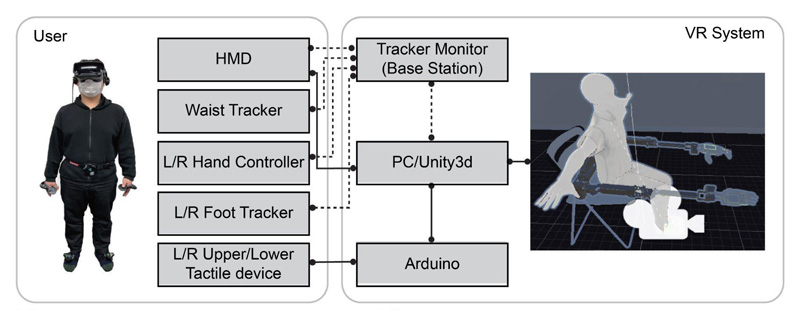2022-06-28 マックス・プランク研究所
プロパノールはアルコールの一種で、星間空間で検出された分子の中では最大のものです。この分子は、水酸基がどの炭素原子に結合しているかによって、2つの形態(「異性体」)で存在する。1)鎖の末端炭素原子にOHが結合したノルマルプロパノールと、2)鎖の中心炭素原子にOHが結合したイソプロパノールである。イソプロパノールは、地球上の手指消毒剤の主成分としてもよく知られている。
ノルマルプロパノールの最初の星間物質の検出は、アルマ望遠鏡の検出の少し前に、スペインの研究チームが単口径電波望遠鏡を用いて、Sgr B2からそれほど遠くない分子雲で行ったものです。しかし、Sgr B2に向かうiso-propanolの検出は、ALMAによって初めて可能になったのです。
<関連情報>
- https://www.mpg.de/18884791/sanitizer-in-the-galactic-centre-region?c=2249
- https://www.aanda.org/articles/aa/full_html/2022/06/aa43575-22/aa43575-22.html
イソプロパノールとその常態異性体の星間検出と化学モデル化 Interstellar detection and chemical modeling of iso-propanol and its normal isomer
A. Belloche, R. T. Garrod, O. Zingsheim, H. S. P. Müller and K. M. Menten
Astronomy & Astrophysics Published:28 June 2022
DOI:https://doi.org/10.1051/0004-6361/202243575

Abstract
Context. The detection of a branched alkyl molecule in the high-mass star forming protocluster Sagittarius (Sgr) B2(N) permitted by the advent of the Atacama Large Millimeter/submillimeter Array (ALMA) revealed a new dimension of interstellar chemistry. Astrochemical simulations subsequently predicted that beyond a certain degree of molecular complexity, branched molecules could even dominate over their straight-chain isomers.
Aims. More generally, we aim to probe further the presence in the interstellar medium of complex organic molecules with the capacity to exhibit both a normal and iso form, via the attachment of a functional group to either a primary or secondary carbon atom. Methods. We used the imaging spectral line survey ReMoCA performed with ALMA at high angular resolution and the results of a recent spectroscopic study of propanol to search for the iso and normal isomers of this molecule in the hot molecular core Sgr B2(N2). We analyzed the interferometric spectra under the assumption of local thermodynamical equilibrium. We expanded the network of the astrochemical model MAGICKAL to explore the formation routes of propanol and put the observational results in a broader astrochemical context.
Results. We report the first interstellar detection of iso-propanol, ¿-C3H7OH, toward a position of Sgr B2(N2) that shows narrow linewidths. We also report the first secure detection of the normal isomer of propanol, n-C3H7OH, in a hot core. Iso-propanol is found to be nearly as abundant as normal-propanol, with an abundance ratio of 0.6 which is similar to the ratio of 0.4 that we obtained previously for iso- and normal-propyl cyanide in Sgr B2(N2) at lower angular resolution with our previous ALMA survey, EMoCA. The observational results are in good agreement with the outcomes of our astrochemical models, which indicate that the OH-radical addition to propylene in dust-grain ice mantles, driven by water photodissociation, can produce appropriate quantities of normal- and iso-propanol. The normal-to-iso ratio in Sgr B2(N2) may be a direct inheritance of the branching ratio of this reaction process.
Conclusions. The detection of normal- and iso-propanol and their ratio indicate that the modest preference for the normal form of propyl cyanide determined previously may be a more general feature among similarly sized interstellar molecules. Detecting other pairs of interstellar organic molecules with a functional group attached either to a primary or secondary carbon may help in pinning down the processes that dominate in setting their normal-to-iso ratios. Butanol and its isomers would be the next obvious candidates in the alcohol family, but their detection in hot cores will be challenging.


